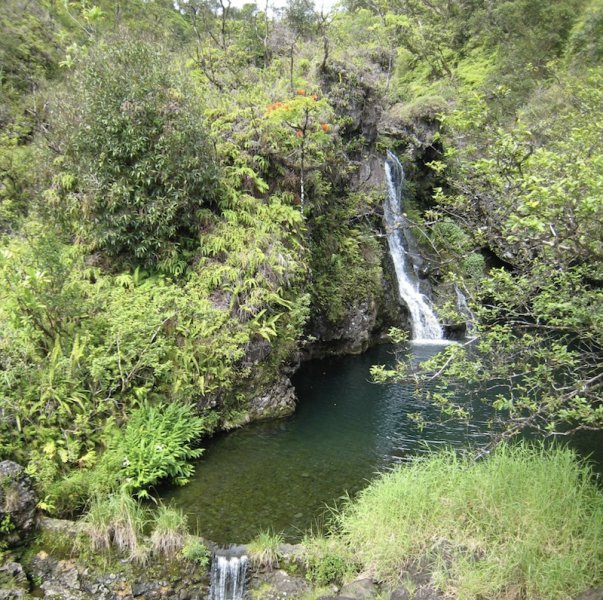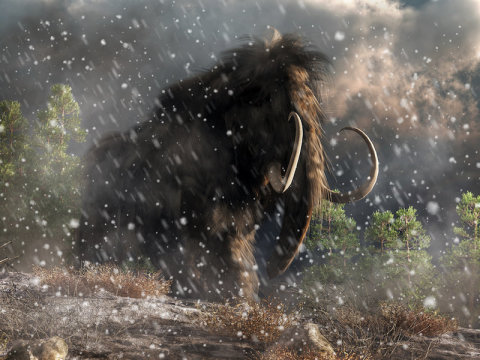The earliest-known example of a pollinating insect has been found preserved in amber dating back to around 99 million years ago, researchers report. The fossilised tumbling flower beetle was found with pollen still stuck to its legs preserved in amber from deep inside a mine in northern Myanmar's Hukawng Valley. The find pushes back the…
Read more
Beetle fossilised in amber reveals earliest evidence of prehistoric pollination as scientists discover the insect had flower traces on its feet when it died 99million years ago










